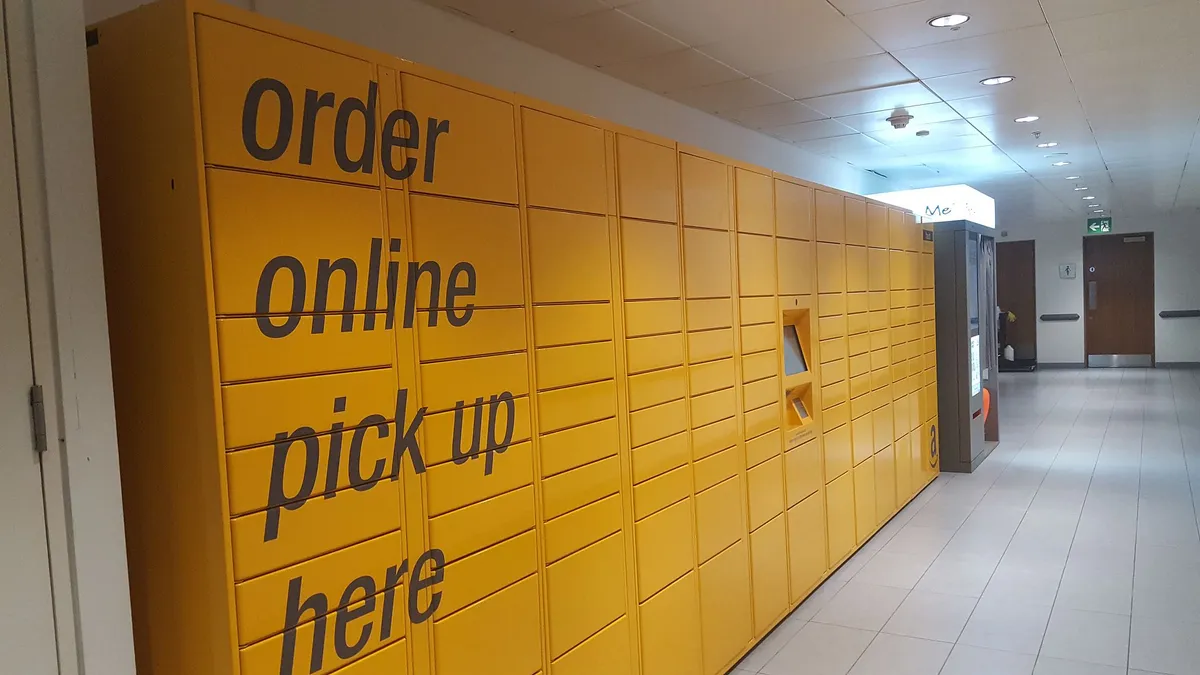Dive Brief:
-
While retailers are making progress in their omnichannel and personalization efforts, a new study of 30 “popular and growing” retailers by cloud-based omnichannel commerce firm Kibo and Astound Commerce suggests they still have a lot of work to do.
-
For example, regarding fulfillment and inventory, 87% of retailers studied provided a product locator on their website but only 35% displayed the quantity of inventory available. Also, while almost all had capability for in-store associates to access information about inventory levels for customers, about 66% had that capability enabled at computer terminals located behind the counter. Only one-third used handheld or mobile technology.
-
The study also found that 70% of personalization experiences on an e-commerce site happened only when the shopper was logged into an account. And 40% of retailers did not display recently visited items on a website upon a consumer’s return visit, the study stated.
Dive Insight:
Stores and store associates, according to this study, have much more access to the fulfillment process and knowledge of inventory than they traditionally have had. But, as omnichannel becomes increasingly important, especially to the survival fo brick-and-mortar retailers, shoppers are quickly learning to expect more of them.
For example, many customers don't just want store associates to be able to provide them with updated inventory information. They already expect them to do that from a showroom floor on a mobile device, something only a third of those studied actually can do at this point.
Beyond that, some customers might also expect employees to place an order on their behalf once needed inventory has been located elsewhere, yet the study further suggested that only 24% of those studied could do so.
Along with websites that don't immediately personalize, about 40% of retailers did not send a follow-up e-mail to a shopper who abandoned a cart on a website. Even among retailers that did send an e-mail, none offered a follow-up incentive to purchase.
Meanwhile, other things are falling through the cracks: 16% of retailers had inconsistent pricing between the store and their e-commerce site. Also, although a majority of retailers had signage promoting omnichannel offerings and guiding in-store foot traffic, 37% are missing the opportunity to streamline the in-store shopping experience with basic communication, according to the study.
None of these observations should count against the progress retailers have made, but there are gaps, inconsistencies and oversights, things that retailers ultimately need to get right for their omnichannel and personalization strategies to pay off.











